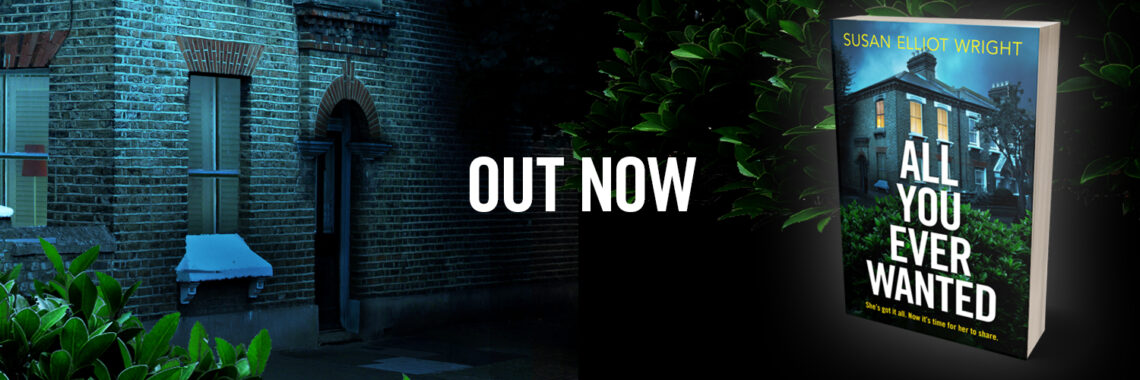My last post was about how I had finally managed to write a detailed outline for my fourth novel. Planning doesn’t come easily to me, in fact, I’ve tried several times in the past to plan my story and failed miserably. This time however, I promised my agent ,who’d been gently nagging me about the advantages of a detailed outline, that I’d try really, really hard.
At first, I was convinced I couldn’t do it, then I had something of a breakthrough when I realised I should only be telling the story from one point of view, not two. My agent and editor both liked the outline, so I made a start, setting myself a target of 1000 words a day. I started this novel on 7th of July and For the first few days, I hit my target fairly easily. Of course, many of these words will be shit words that will be cut or changed later, but my aim is to get a ‘zero’ draft down as quickly as possible.
A few days in, I stumbled on a post on the Mslexia Facebook page, suggesting you print out a calendar and put a big cross in the box for every day you get some words down, no matter how many or how few, the aim being that you don’t break the chain. here’s the page – the post is July 12 if you like to have a look.
This seemed like a great idea, but I know myself, and I know that the ‘no matter how few’ could get me into trouble – would 20 words count? Ten? Two? So I set myself a daily minimum of 200, while keeping my personal target of 1000. This is working brilliantly for me so far. Of the 39 days that I’ve been doing this, I’ve achieved at least 1000 words day on 26 days, and I haven’t broken the chain. Here’s the photographic evidence:
Every cross represents a minimum of 200 words, and where there is also a dot in the box, it means I hit my target of 1000 words. It’s become such a point of honour now, that I get twitchy every morning until I’ve done my 200 words. Some days, I know that life will get in the way and that’ll be the only writing I do that day, but at least I will have engaged with the novel, kept the momentum.
It’s all too easy to avoid work, especially when you hit a tricky point. It’s true that sometimes a few days away from it can be beneficial, but it can also make it even harder to get back into, so I’d definitely recommend setting yourself a low, achievable target. To be honest, even if you don’t actually write anything, just opening the document and thinking about your novel means you’re progressing.
I first realised how helpful a visual stimulus can be when I did NaNoWriMo (National Novel Writing Month) a few years ago. If you’ve ever signed up for this, you’ll know that when you enter each day’s word count, you see a lovely blue bar getting longer and longer as you move towards the target 50,000 words. I wanted to do something similar when I started my next book, so I came up with the idea of having two glasses, one of which contained 90 glass pebbles. For each thousand words written, I transferred a pebble from one glass to the other, so at a glance, I could see how much I’d done, and how much I still had to do. I blogged about it here
Anyway, now I’ve come up with an even better idea – you’ll like this one! It’s in a similar vein to the pebbles, but I’m using coins instead. I’m aiming for around 90,000 words again. So, one glass contains 90 small coins – 5p and 1p. When I’ve written 1000 words, one of those small coins goes back in my purse and a pound goes into the other glass. At the end of the zero draft, I’ll have £90 with which to celebrate before I embark on a decent first draft.
So far, I’ve written 34,000 words, and sticking a pound a day in the glass hasn’t bankrupted me, especially as it’s not every day. It’s no accident that I’ve used champagne glasses, because I reckon one of the first things I’ll buy out of that hundred quid is a bottle of champagne, then the OH and I will have a good night out on the rest.
So, next time I blog, I’m hoping the glass on the right will be a little fuller, and glass on the left a little emptier. I’ll keep you posted!
If you’d like to know more about me and my work, or if you’d like to sign up for a workshop or a ‘Space to Write’ day, please visit my website And it would be great if you would follow me on Twitter and like my Facebook page



